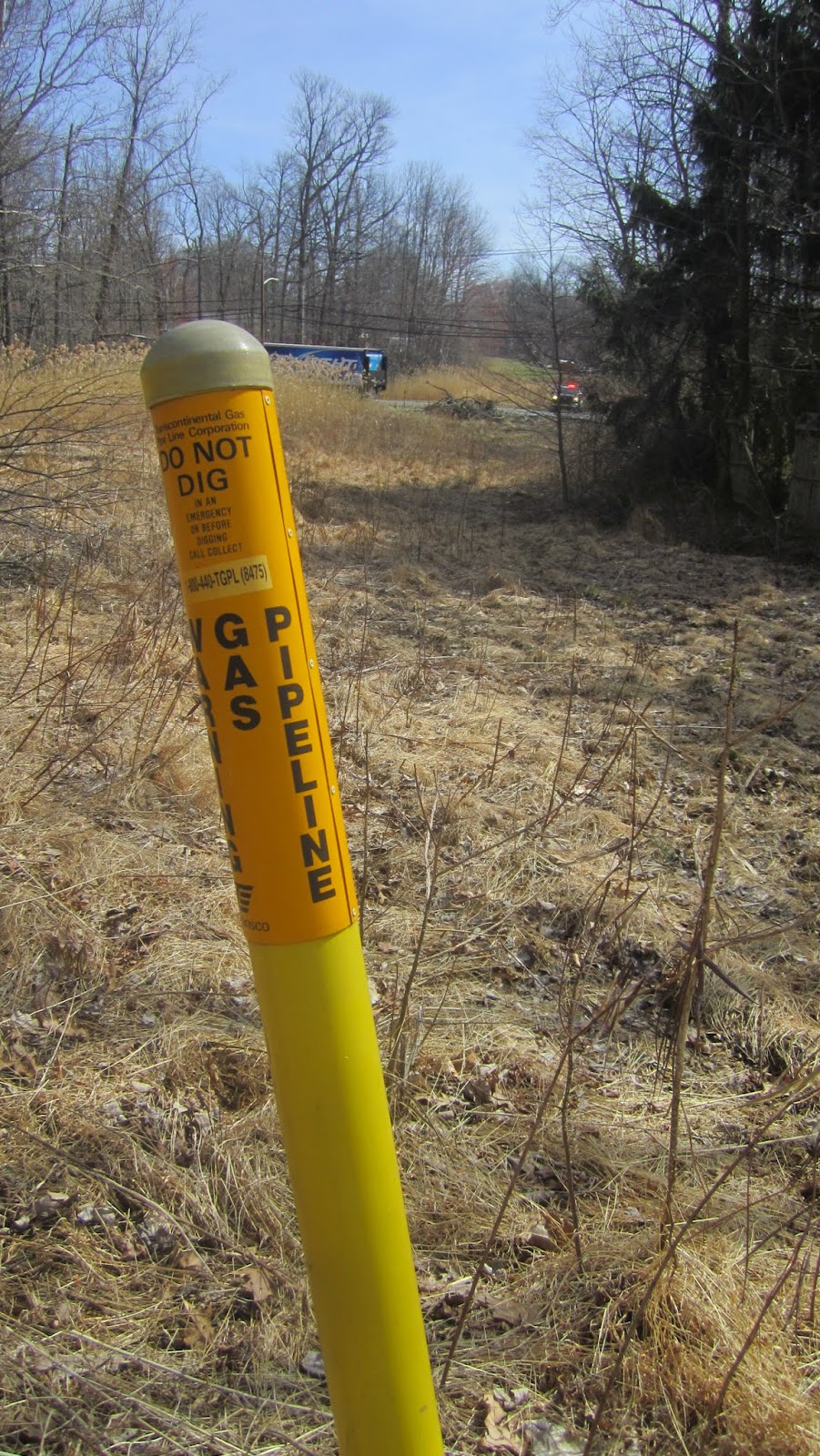Below is info I've gleaned from various sources about the proposed pipeline expansion (including a map) and the upcoming meeting:
There is a meeting on Thursday, April 11th from 6:30 to 8:30 at the Otto Kaufman Community Center (6 miles up the Great Road, in Skillman) being held by Williams Transcontinental Gas Pipeline Co. to inform residents and answer questions about the proposed 6.4 mile Skillman Loop extension of the existing pipeline in that area. The public is invited to the public workshop to learn more about the proposal, review maps, meet project engineers, learn about the regulatory process and provide feedback. Williams anticipates finalizing a project proposal and filing a formal application with the Federal Energy Regulatory Commission (FERC) in the fall of 2013.
Williams Gas Pipeline Company’s proposed Leidy Southeast Project would “generally” parallel Williams’existing pipeline in Mercer and Somerset counties.This project is referred to as the “Skillman Loop” (6.36 miles of 42” pipe). This new pipeline is an extension of the Williams Company’s Transco pipeline and will parallel the existing 36” pipe and probably require a wider easement onto some properties. The project “could directly affect 30 properties in Princeton, cutting north for 1 ½ miles through a swath of land starting near Coventry Farm, just off of Great Road south of Stuart Road and heading toward Cherry Valley Road…the new pipeline continuing north for about another five miles into Montgomery.” (from The Times of Trenton, Wednesday, January 30, 2013).
The map (click on link) shows the Skillman Loop starting in the Princeton Ridge and ending in the eastern region of the Sourlands in Montgomery Township. Blasting will probably be necessary because of the diabase rock in the area.
The map (click on link) shows the Skillman Loop starting in the Princeton Ridge and ending in the eastern region of the Sourlands in Montgomery Township. Blasting will probably be necessary because of the diabase rock in the area.
- NJ is located near two major shale plates: Marcellus and Utica – hence, pipelines criss-cross our state to move the gas from PA to New England and out of the country. Billions of dollars is being spent for infrastructure to serve the shale formations, but there is only enough gas for about 20 years.
- “Drilling and fracking shale to produce natural gas, or shale gas, result in local air pollution problems, degrade water quality in rivers and streams and create risks to underground sources of drinking water.” (Food & Water Watch Fact Sheet – January 3013; www.foodandwaterwatch.org)
- “Because natural gas is a relatively clean-burning fossil fuel compared to oil and coal, it has been touted as a potential bridge fuel for addressing climate change and transitioning to a future powered by low-carbon renewable energy resources. However, recent students have demonstrated that increased development of shale gas may actually accelerate climate change because large amounts of methane, a potent greenhouse gas that makes up more than 90 percent of shale gas, leak during fracking.” (Food & Water Watch Issue Brief – September 2012)
- Some negative effects: sediment and erosion in waterways, loss of riparian vegetation, forest fragmentation, stream geomorphology impacts, air emissions, accidents and permit violations, decline of native wildlife populations, creation of micro-climates, soil compaction.

No comments:
Post a Comment